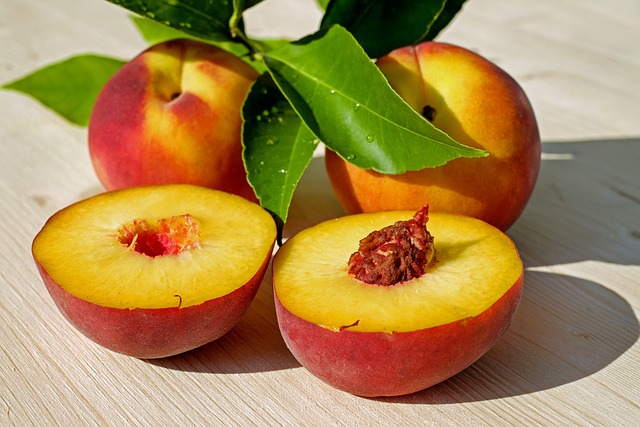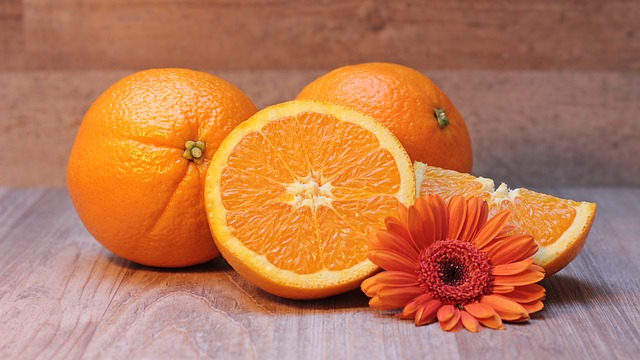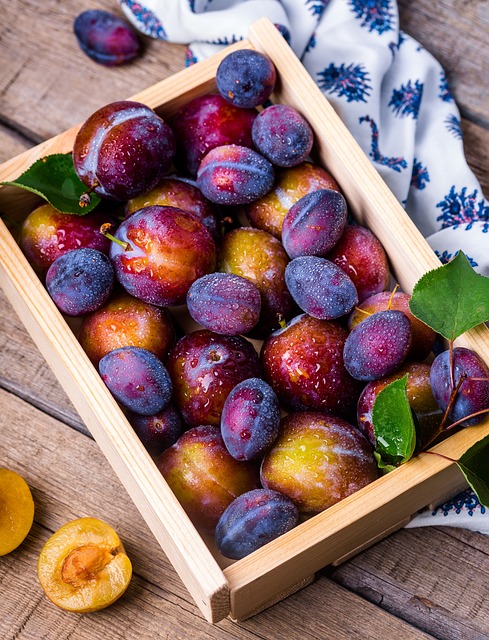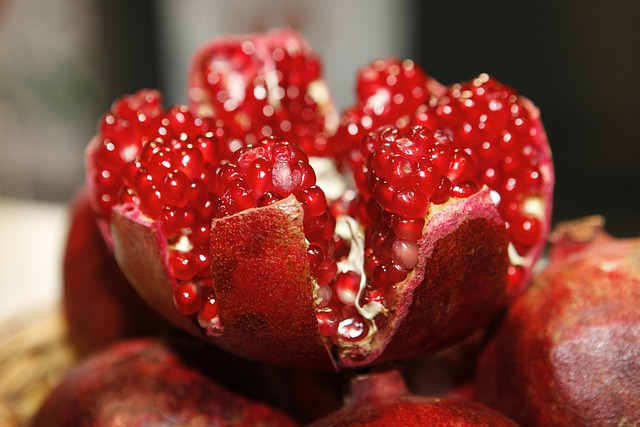Beyond Yogurt: Exploring Unexpected Sources of Probiotics
Probiotics have gained significant attention in recent years due to their potential health benefits. Known as “good bacteria,” probiotics are live microorganisms that can provide a wide range of benefits to the human body, particularly the digestive system. While yogurt is often associated with probiotics, there are actually many other surprising sources of this beneficial bacteria that you may not be aware of. In this blog post, we will explore some unexpected sources of probiotics and how you can incorporate them into your diet.
Sauerkraut
Sauerkraut, a traditional fermented cabbage dish, is not only delicious but also an excellent source of probiotics. The fermentation process involved in making sauerkraut encourages the growth of beneficial bacteria such as Lactobacillus. These bacteria help promote a healthy gut environment and aid in digestion. Consider adding sauerkraut to your sandwiches, salads, or even as a side dish to reap its probiotic benefits.
Kombucha
Kombucha is a fermented tea that has been consumed for centuries due to its potential health benefits. It is made by fermenting sweetened tea using a symbiotic culture of bacteria and yeast (SCOBY). This fermentation process creates a tangy, slightly effervescent beverage rich in probiotics, organic acids, and antioxidants. Kombucha is available in various flavors and can be a refreshing alternative to soda or sugary drinks.
Miso
Miso, a traditional Japanese seasoning paste made from fermented soybeans, is another unexpected source of probiotics. It is commonly used in soups, marinades, and dressings and provides a unique umami flavor. Miso is created by fermenting soybeans with a starter culture known as koji, which promotes the growth of beneficial bacteria and enzymes. Incorporating miso into your cooking can not only enhance the taste of your dishes but also introduce probiotics into your diet.
Kimchi
Kimchi, a Korean side dish made from fermented vegetables, is a flavorful way to add probiotics to your meals. It typically consists of cabbage, radishes, and various seasonings such as garlic, ginger, and chili pepper. The fermentation process gives kimchi its distinct tangy and spicy taste while also creating a favorable environment for probiotic bacteria to thrive. Enjoy kimchi as a side dish, add it to stir-fries, or use it as a topping for rice bowls to incorporate probiotics into your diet.
Tempeh
Tempeh is a plant-based protein made from fermented soybeans. Originating from Indonesia, tempeh has a nutty flavor and a firm texture that can be grilled, sautéed, or used as a meat substitute in various dishes. The fermentation process involved in making tempeh breaks down the soybeans, making it easier for our bodies to digest and absorb nutrients. It also introduces probiotic bacteria that contribute to a healthy gut microbiome.
Conclusion
While yogurt is commonly associated with probiotics, it is essential to explore other sources to diversify your intake of beneficial bacteria. Sauerkraut, kombucha, miso, kimchi, and tempeh are just a few examples of unexpected sources rich in probiotics. Incorporating these foods into your diet can provide a wide range of health benefits, including improved digestion and a stronger immune system. So, next time you want to boost your probiotic intake, go beyond yogurt and explore the culinary delights of these nutrient-rich alternatives.







